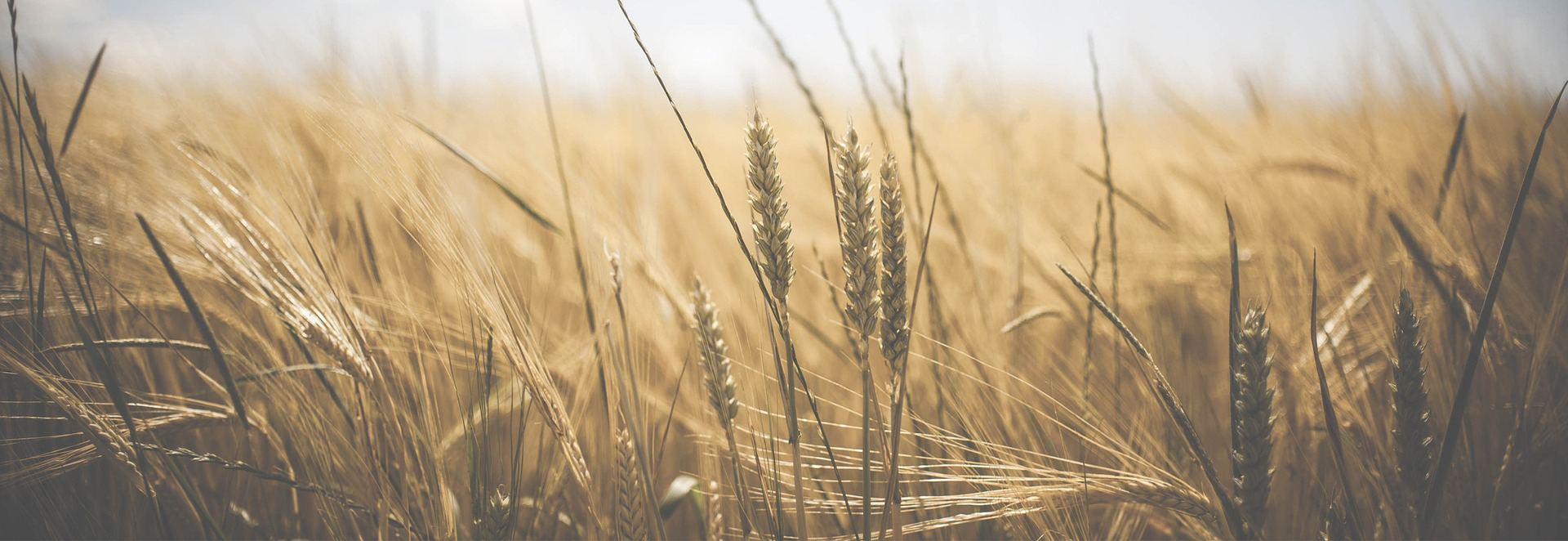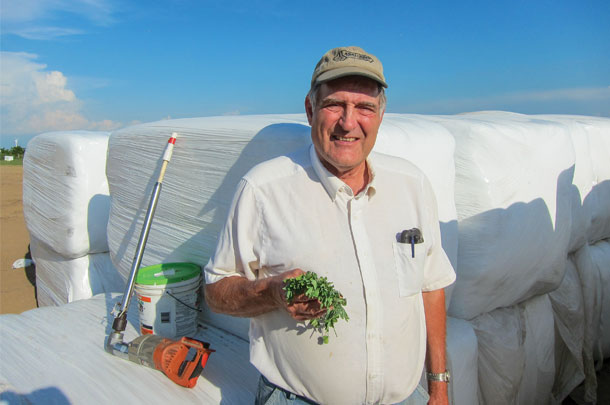Making Balage: Can Good Silage Come in Small Packages?
Posted: 20 Jul,2020 by agriking Category: Dairy Nutrition, Silo-King Tags: Dr. Gene Gengelbach
By Dr. Gene P. Gengelbach, Ph.D., P.A.S.
Making balage is becoming an increasingly popular form for making and storing high-quality forage. Once thought of as a “rescue” for hay that wouldn’t dry, now it is becoming an integral part of many forage operations.
In fact, Kendall Guither, a six-time balage division champion at the World Dairy Expo’s World Forage Analysis Superbowl, has made balage his forage of choice.
“The day you cut your hay, decide on balage or dry hay,” Guither said. “It’s not something you decide after you have cut hay and see rain in the forecast. It’s not ‘wait and see’ and use balage as a rescue; by that time it can be too dry and not ferment properly. That’s a recipe for a low-quality product.”¹
Why is Balage Popular
To emphasize, there are many reasons for the increase in popularity of balage:
- It’s popular in more humid areas where it is difficult to make dry hay without it getting rained on.
- Baling at higher moistures than traditional hay will minimize losses due to respiration (energy and dry matter loss) as well as leaf shatter (protein and dry matter loss).
- Balage is highly palatable and can promote better intakes and production than dry hay.
- Fermentation is not as extensive as in traditional haylage, so fermentation acids will be lower but plant sugars will be higher.
- Producers can get the advantages of feeding silage without investing in a forage chopper, only a wrapper.
- This is the best opportunity for producers to feed fermented forages in relatively small quantities without leaving a large surface area exposed as would happen with bunkers or upright silos.
In sum, just as in making hay or haylage, be sure to harvest the crop at the proper stage of maturity. It is best to lay the crop out in a wide swath for quicker, more uniform drying.
Guidelines for Making Top-Quality Balage
Moisture
- 45 to 55% moisture is usually best. There should be adequate moisture for fermentation, allowing the pH to drop to around 5.0 or lower.
- At 65% moisture or higher there is more chance of getting a slimy, dark coating on the bale, and bales will be extremely heavy and hard to handle.
- Under 40% moisture it will be more difficult to exclude oxygen and bales will be more prone to heating or mold. Fermentation will be less extensive.
Baling
- Make bales as dense as possible. Try to achieve a density of at least 10 lbs. dry matter/ft³.
- Balers with pre-cutter knives will help make a denser bale that will ferment faster.
Wrapping
- Bales should be wrapped as soon as possible after baling, preferably within four to six hours.
- Use a high-quality sunlight resistant 1-mil wrap. Overlap wraps to achieve a total thickness of at least 6 to 8 wraps (6-8 mils) for adequate oxygen exclusion.
- Adjust tension to achieve approximately a 50 to 60% stretch. Don’t wrap in the rain or the plastic may not stick to itself.
- It may help to net wrap the bales first to keep stems from sticking through the plastic. Do not use sisal twine because it contains a preservative that may degrade the plastic wrap.
- If possible, wrap the bales at the storage site so the bales won’t have to be handled after wrapping.
Storing
- Inspect the bales regularly for any holes in the wrap and then repair any holes immediately with tape.
- Select a well-drained site for storage. Stay away from trees or other areas where birds congregate. Control weeds in the area to discourage rodents and other pests.
- If possible, store bales on a north facing slope, with rows oriented north to south to minimize exposure to the sun. Prolonged exposure to the summer sun can dry out the south side of the bale, causing moisture condensation on the north face or bottom of the bale.
Treating Balage
- Most importantly, make sure to treat balage with Silo-King®.
- Treat with regular Silo-King® or Silo-King® Special at 0.5 to 1 pound per ton.
- Treat with Silo-King® WS at 8 to 16 grams per ton.
- Increase these rates if moisture drops below 50%.
AK
References:
¹Louder, Erica. 2019. Kendall Guither Farms: Doing Baleage Right. Progressive Forage, Vol. 20, No. 8, p.32. September 1, 2019.


